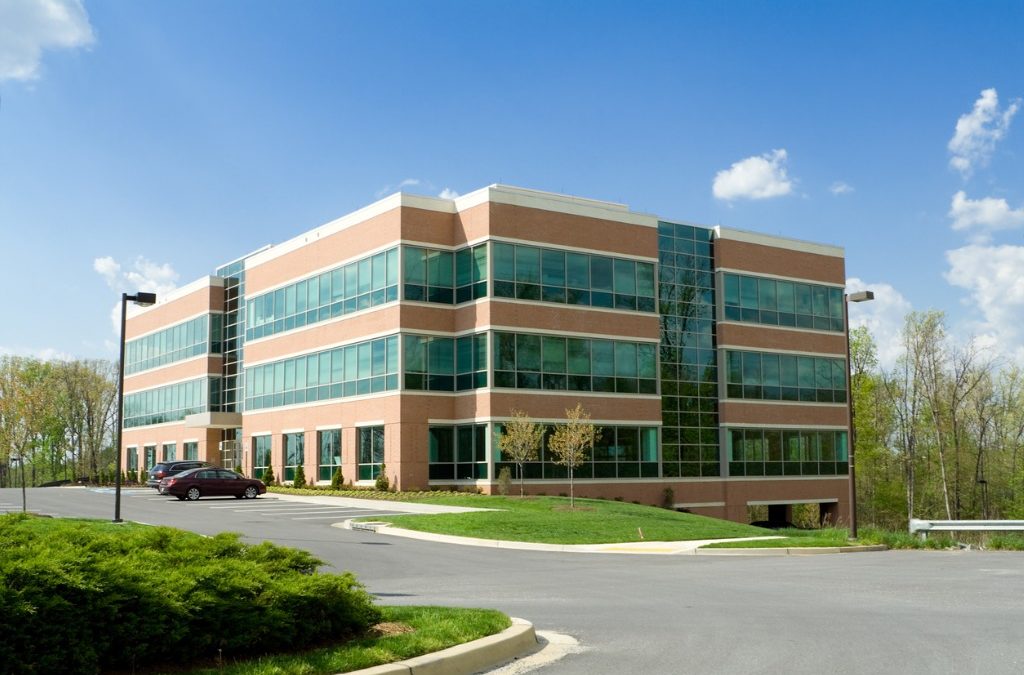There is no question that a great deal of information is available about the cost segregation process. However, there are common misunderstandings associated with the process and the term itself.
This article will clear up some of the questions about cost segregation. We will describe what its purpose is and how it works. Hopefully, any questions you have about cost segregation will be answered in the material below.
Key Takeaways
- Cost segregation studies are used to accelerate the depreciation of commercial buildings, in an effort to free up cash flow.
- A cost segregation study can result in lower taxable income, thus saving you money!
- There are four structural components taken into consideration during cost segregation: personal property, land improvements, buildings/structures, and land.
- Each of these components has a different depreciation period. The goal is to reclassify each of your assets and reduce their depreciation period.
- Our specialty tax professionals at Tri-Merit perform in-depth cost segregation studies that hold up to the most strict IRS scrutiny.
What Is Cost Segregation?
Cost segregation is a common tax planning strategy that involves accelerating the depreciation of commercial buildings. It also attempts to defer taxes while increasing cash flow.
Cost segregation is frequently overlooked by a number of organizations, as they believe the benefits are not substantial enough to warrant the effort.
When companies undertake a cost segregation study, it is for the purpose of conducting a thorough engineering analysis of the depreciating value of major assets such as buildings, renovations, and other property acquisitions.
A well-executed cost segregation study should alert property owners to the shortest possible time frame in which a physical asset, such as a building, can be written off under the existing laws.
The depreciation laws which provide the guidelines for these favorable write-offs are mostly contained in the Tax Cuts and Jobs Act (TCJA), which was enacted in 2017 to replace the 1986 Internal Revenue Service Code.
Why Should You Invest in a Cost Segregation Study?
It is likely that by conducting a cost segregation study, your company could significantly lower its taxable income. That, in turn, would increase your available cash flow. This is accomplished by moving assets from long tax-life categories to short tax-life categories.
If this is successful, it means the physical asset will be depreciated at a higher rate during its early years. This results in a lower taxable income. With a lower taxable income, your company will have greater resources available for daily operations, business growth, and reinvesting in the company.
It’s important to note that new deductions are not created by a cost segregation process. It merely increases the depreciation rate of assets during their early years, thus lowering taxable income.
When depreciations are stacked up in the early years of an asset’s life, it creates more available funding for research and development (R&D), process improvement, and business growth. It will also position your company to take better advantage of the time value which cash has in the business world.
How Cost Segregation Works
There are four structural components of buildings taken into consideration during the cost segregation process. These structural components are tangible personal property, land improvements, buildings and structures, and land. Each of these components carries a standard rate of depreciation for tax purposes.
- Personal property, such as furniture and carpeting, will be depreciated over the next five to seven years.
- Land improvements like landscaping, paving, or sidewalks are depreciated over a 15 year period.
- Structures and buildings are depreciated over 27.5 or 39 years, according to the specific kind of property being dealt with.
- Land assets are not depreciated at all.
When a cost segregation study is performed, the consultant will identify all those structural components which can be considered personal property. Then, they will attempt to reclassify them into shorter depreciation periods. This will generate a higher level of deductions come income tax time.
Any real property assets which are reclassified as personal property can be depreciated more quickly over 15 to seven to five years. This is compared to the standard 39-year depreciation for nonresidential real estate and the standard 27.5-year depreciation rate for residential real estate.
When the final version of a cost segregation study has been prepared, it will serve as the basis for calculating accelerated depreciation deductions at income tax time. It will also be the justification for any such accelerated depreciation in the event of an IRS audit.
Cost Segregation Studies Across Industries
Although cost segregation studies will differ from one building to the next, many industries benefit significantly by having such studies performed. In general, you can gain significant financial and tax benefits if you’re constructing a new building, purchasing an existing one, expanding or renovating a building you own or constructing leasehold improvements.
These categories affect many types of companies throughout the United States, including automobile dealerships, restaurants and hotels, manufacturing and industrial plants, financial institutions, healthcare facilities, office buildings, apartment buildings, shopping centers, and retail stores.
Recommended Read: What Industries Benefit from Cost Segregation Analysis?
Even if you constructed, purchased, or expanded a building many years ago, it may still be possible for a cost segregation study to earn your depreciation deductions that previously went unclaimed.
When conducting a cost segregation study, it is common to reallocate a specific percentage of real property into shorter-life personal property asset classes, which are subject to higher depreciation rates.
For instance, an office building might be able to reallocate between 20% and 40% into a shorter life class, an auto dealership could reallocat between 25% and 50%, and a heavy manufacturing building could reallocate as much as 30% to 60% into shorter-life asset classes.
Any reallocation of real property into shorter life classes is likely to generate significant tax savings for your company, thus increasing your available cash flow.
Quality Cost Segregation with Tri-Merit
The IRS recommends that any cost segregation study prepared for a company be done by an individual or group which has a thorough knowledge of the construction process, as well as all the tax laws relative to the depreciation of properties.
When you’re seeking to collaborate with a provider to help prepare your cost segregation study, it will always be to your advantage to work with a company that has achieved a level of expertise and a solid reputation for preparing cost segregation studies.
Many company executives have therefore chosen Tri-Merit as the company they want to work with because any study prepared by our company will hold up even to the most stringent scrutiny by the IRS.
Unlike some companies that rely on a one-size-fits-all approach, Tri-Merit’s team digs deeper to find every last reclassification you are eligible for. To be sure your cost segregation study is accurate and well prepared, contact Tri-Merit to schedule a discovery call.
Take a look at the cost segregation services we can offer your business!



